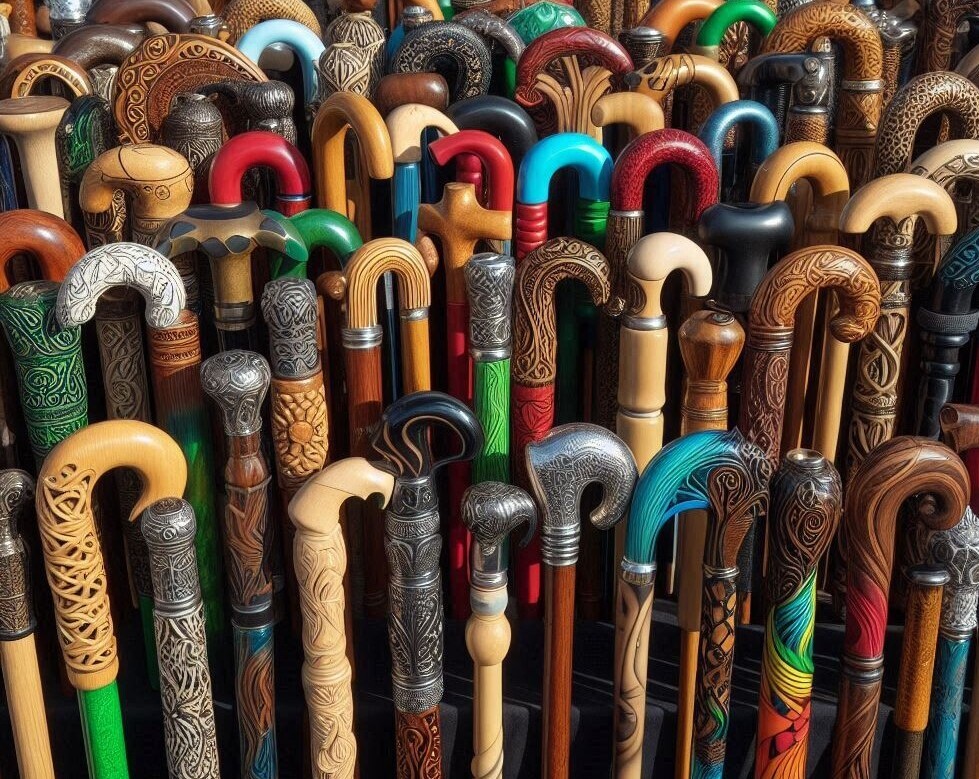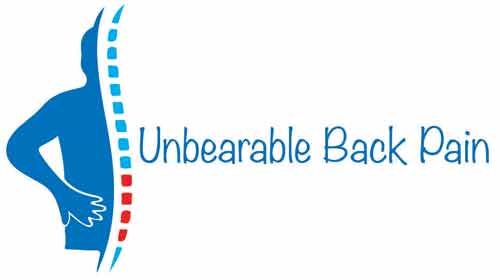When you’re grappling with back pain, moving around might seem challenging, but that’s where mobility aids like canes come into play. Back pain is a widespread issue affecting a significant number of people. It can stem from various causes such as poor posture, muscle strain, herniated discs, or prolonged sitting.
Canes serve as a supportive extension of your body, helping to reduce the pressure on your back. They can be particularly beneficial for individuals with chronic pain, aiding in better weight distribution and providing extra stability while walking. Using a cane can make everyday movements less painful and help y ou regain some of your independence.
There are several types of canes designed to cater to different needs. Standard canes are simple and straight, whereas quad canes offer a broader base for added stability. Offset canes, with their unique handle design, help distribute body weight more evenly, which can be particularly helpful for those with back issues.
To reap the maximum benefits, choosing a cane tailored to your specific condition is vital. Whether you are dealing with lower back pain, middle back pain, or upper back pain, selecting the right type of cane can make a significant difference in managing your symptoms. Consulting with a healthcare provider can provide personalized recommendations to ensure you use the most appropriate cane.

Choosing the Right Cane for Back Pain
Selecting a cane might seem straightforward, but many factors should be taken into account to find the perfect fit. The cane’s height is paramount. An improperly adjusted cane can exacerbate pain rather than alleviate it. Ideally, the top of the cane should reach the crease of your wrist when standing upright with your arm at your side.
Material and design also play crucial roles. Canes come in various materials like wood, aluminum, and carbon fiber. Wooden canes offer a classic look and a sturdy feel, while aluminum canes are lightweight and adjustable. Carbon fiber canes are both strong and light, providing an excellent balance between durability and comfort.
When it comes to design, there are straight canes, quad canes, and offset canes to consider. Straight canes are simple and effective for basic support. Quad canes offer a wider base, providing extra stability which is especially useful if you have significant mobility issues. Offset canes distribute weight more evenly, making them a great choice for back pain sufferers.
Adjustment is key. Many canes come with adjustable height settings. Ensuring your cane is correctly set helps in maintaining proper posture, thereby aiding in reducing back pain. You might need to experiment with different heights and grips to find the most comfortable setting.
Consulting with a healthcare professional is always a wise move. They can provide insights tailored to your unique condition, helping you select a cane that meets your specific needs. Personal recommendations can be invaluable and often lead to better outcomes.
Proper Techniques for Using a Cane
Using a cane effectively involves more than just holding it and walking. First, make sure to use the cane on the opposite side of your affected area. For instance, if your pain is on the left side of your back, hold the cane in your right hand.
When walking, move the cane forward at the same time as the opposite leg. This helps in maintaining balance and reducing strain on your back. It’s like creating a tripod effect with each step, which provides extra stability.
Pay attention to your posture. Stand up straight, keeping your shoulders back and your head upright. Slouching can undermine the benefits of using a cane and potentially worsen your back pain.
Navigating different terrains can be tricky. On flat surfaces, use a normal walking pace. When going upstairs, place the cane in the hand opposite your stronger leg and use the railing for additional support. On uneven ground, take shorter steps and plant the cane securely before shifting your weight.
Avoid common mistakes such as gripping the cane too tightly, which can lead to tension in your shoulders and arms. Keep a relaxed grip, allowing the cane to act as a natural extension of your body.
Maintaining the right rhythm is essential. Practice walking at a consistent pace, ensuring the cane and your opposite leg sync smoothly. This coordination takes a bit of practice but becomes second nature over time.

Lifestyle Tips and Exercises to Complement Cane Use
Incorporating exercises can strengthen your back and improve mobility. Focus on exercises that target the core and lower back. Simple activities like walking, swimming, or specific stretches can contribute to better overall back health.
Making ergonomic adjustments in daily activities can also make a significant difference. Ensure your workspace is set up to promote good posture, with your computer screen at eye level and your chair supporting your lower back. Using supportive footwear can also help in maintaining proper alignment.
Combining cane use with other pain management strategies can enhance your quality of life. This might include physical therapy, massage, or even mindfulness practices like yoga and meditation. Each of these elements can work together to provide comprehensive pain relief.
Real-life success stories and testimonials can offer encouragement and practical insights. Hearing from others who have successfully managed their back pain with a cane can be inspiring and provide useful tips for your own journey.
Final Thoughts
Using a cane properly can be a game-changer for managing back pain, providing added support, improving balance, and reducing pressure on your spine. By following the correct techniques and choosing the right cane, you can move more comfortably and confidently.
If you’re looking for a reliable cane to support your back, I recommend exploring from the comfort of your own home. I have shown 3 such canes below.



Take that first step toward relief—your back will thank you!
Here’s a little transparency: Our website contains affiliate links. This means we may receive a small commission if you click and purchase. Don’t worry, there’s no extra cost to you. It’s a simple way you can support our mission to bring you quality back relief content.

